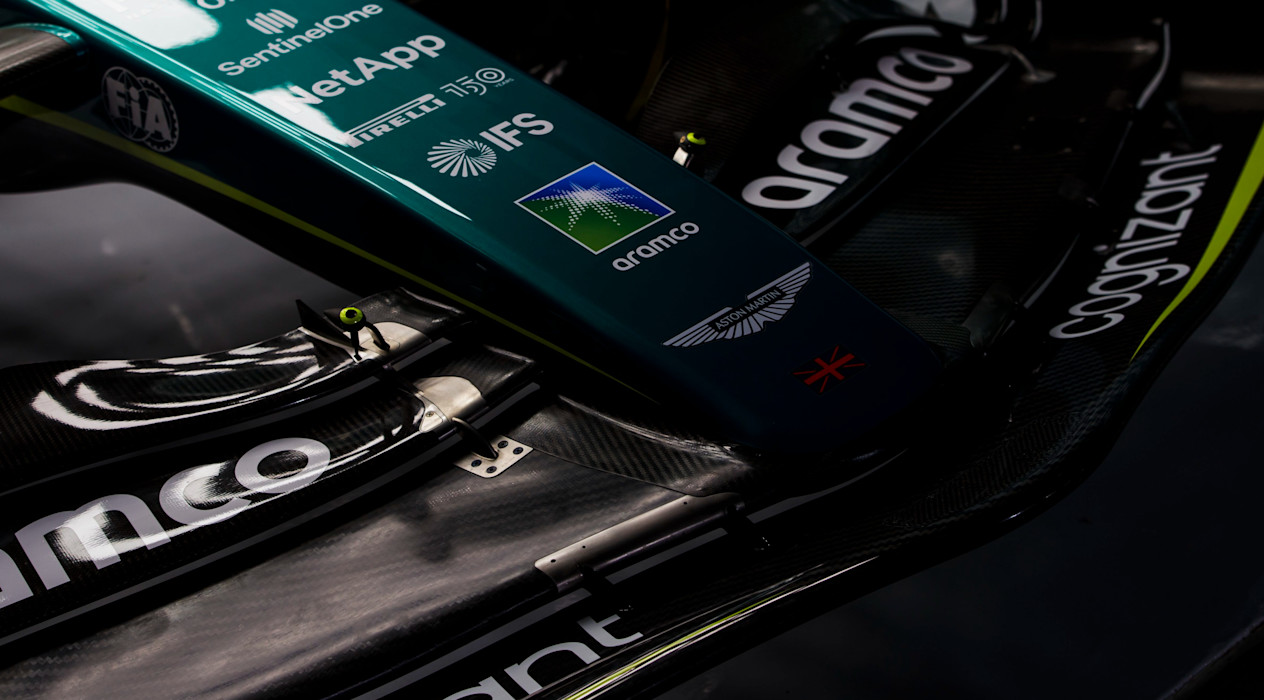
Across Silverstone, Barcelona and Bahrain, Aston Martin Aramco Cognizant Formula One™ Team has completed over 1,000km as it prepares for the 2022 F1 season.
Mileage, of course, only answers some of the questions. Faced with the biggest technical rule-change in Formula One history, every team goes into the first race wary of their rivals and unsure of their own performance.
Mileage, data and feedback all offer clues, but it's the team's ongoing analysis and insight that will begin to offer more rounded answers.
Ahead of the season-opening Bahrain Grand Prix, Performance Director Tom McCullough looks at the key questions arising from the pre-season tests.

How happy are you with the team's pre-season testing programme now it's complete?
From a filming day at a cool Silverstone to the warm dusk running in Bahrain, the team has picked up a vast amount of data to help improve its understanding of the AMR22.
According to Tom, the six days of pre-season testing in Barcelona and Bahrain created the 'toughest' challenge of his F1 career to date, due to the unknowns created by this year's technical revolution.
But the team rose to the challenge and completed a low-key but productive pre-season programme, racking up the miles and working through a long list of checks.
"It's been the toughest six days of testing I've been involved with," he says. "We must understand everything we're doing [considering the new regulations] while also getting the most performance out of the car as we map and understand it.
Final preparations in Bahrain with Mike Krack
The 2022 season is just around the corner. From Mike Krack's first event with us as team principal to lining up with the rest of the F1 grid. This is #IAMSTORIES | INSIDER. With testing complete, we're ready to take on the Bahrain Grand Prix. How will you be cheering us on?
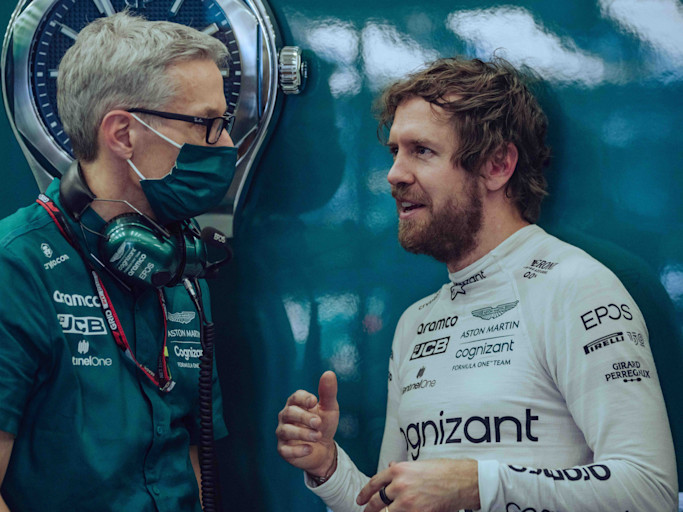
"We don't want the porpoising [when the underbody airflow detaches and reattaches, causing the car to rapidly bob up and down, see below], we want to complete long runs, high-fuel runs, measure tyre degradation.
"Barcelona is very cold, and Bahrain's very hot, and it's unique with the rough Tarmac.
"We must factor all of that in and try to look ahead to races such as Saudi Arabia and beyond.
"I'm happy that we got through all the main test items that we wanted to, and the car is reacting and behaving as we think it should.
"It was valuable to get miles on the car, and we must be very data-driven with conditions such as the tyres and the wind.
"Now there's a lot of analysis this week, processing all of our data, making sure we can go as fast as possible in the races."
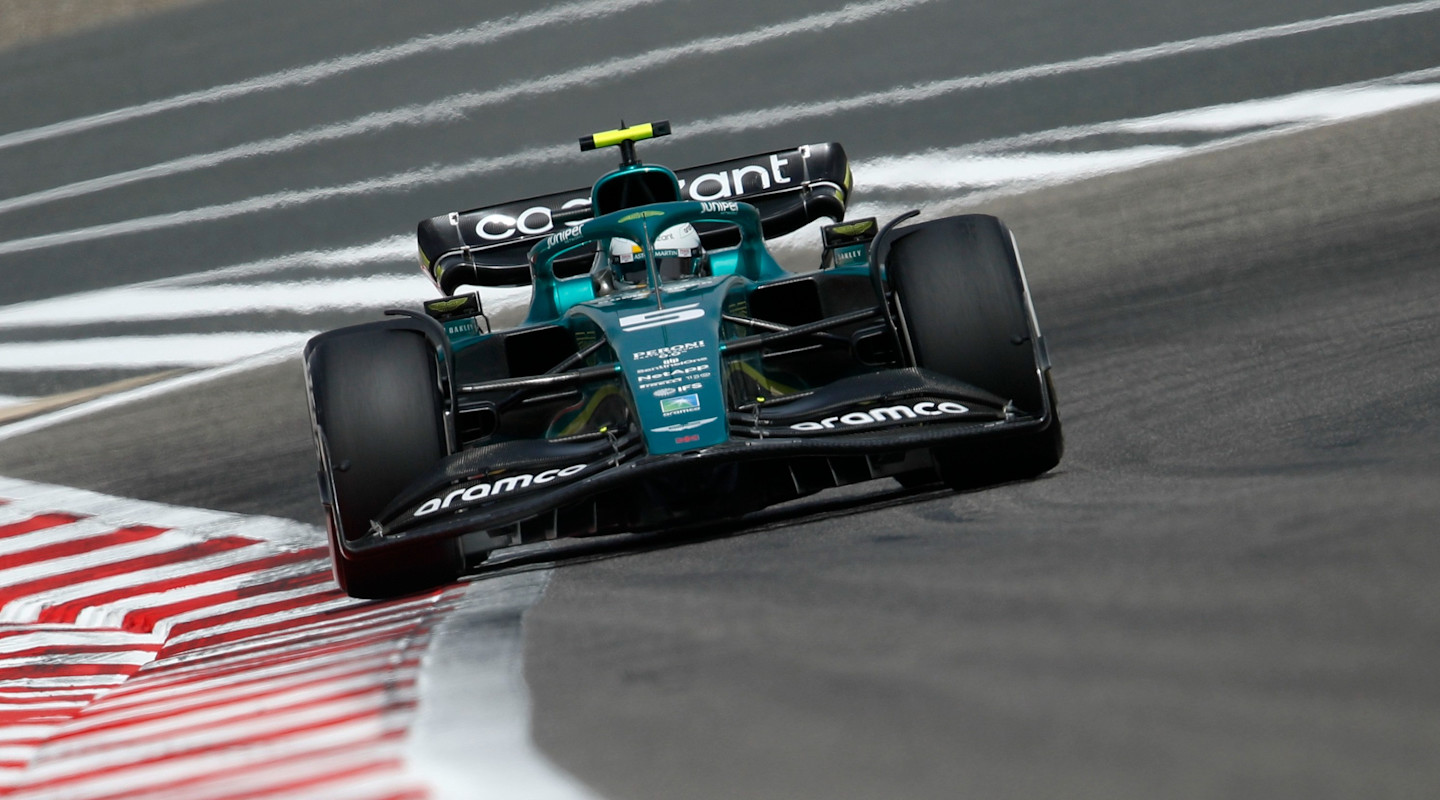
How strong was the reliability of the AMR22?
Reliable running is key to pre-season testing. Completing as many laps as possible in a variety of conditions and set-ups provides a baseline for the coming year.
While the team lost one afternoon of running during the Barcelona test, due to a small oil leak that caused a fire, the team completed a total of 648 laps in Spain and Bahrain – not to mention the allocated 100km of the Silverstone filming day.
"Reliability-wise, the car has been good for the six days of testing," adds Tom. "That has allowed us to work through a multitude of test items, as well as understanding the car.
"The cars are very different aerodynamically and mechanically, and [we wanted to understand] the new tyres from a cold Barcelona to a hot-and-windy Bahrain.
"It's been productive. We weren't explicitly focusing on massive miles, because the learning of test items was more important to us.
"Thankfully, we were able to plough through everything [in our test programmes]."
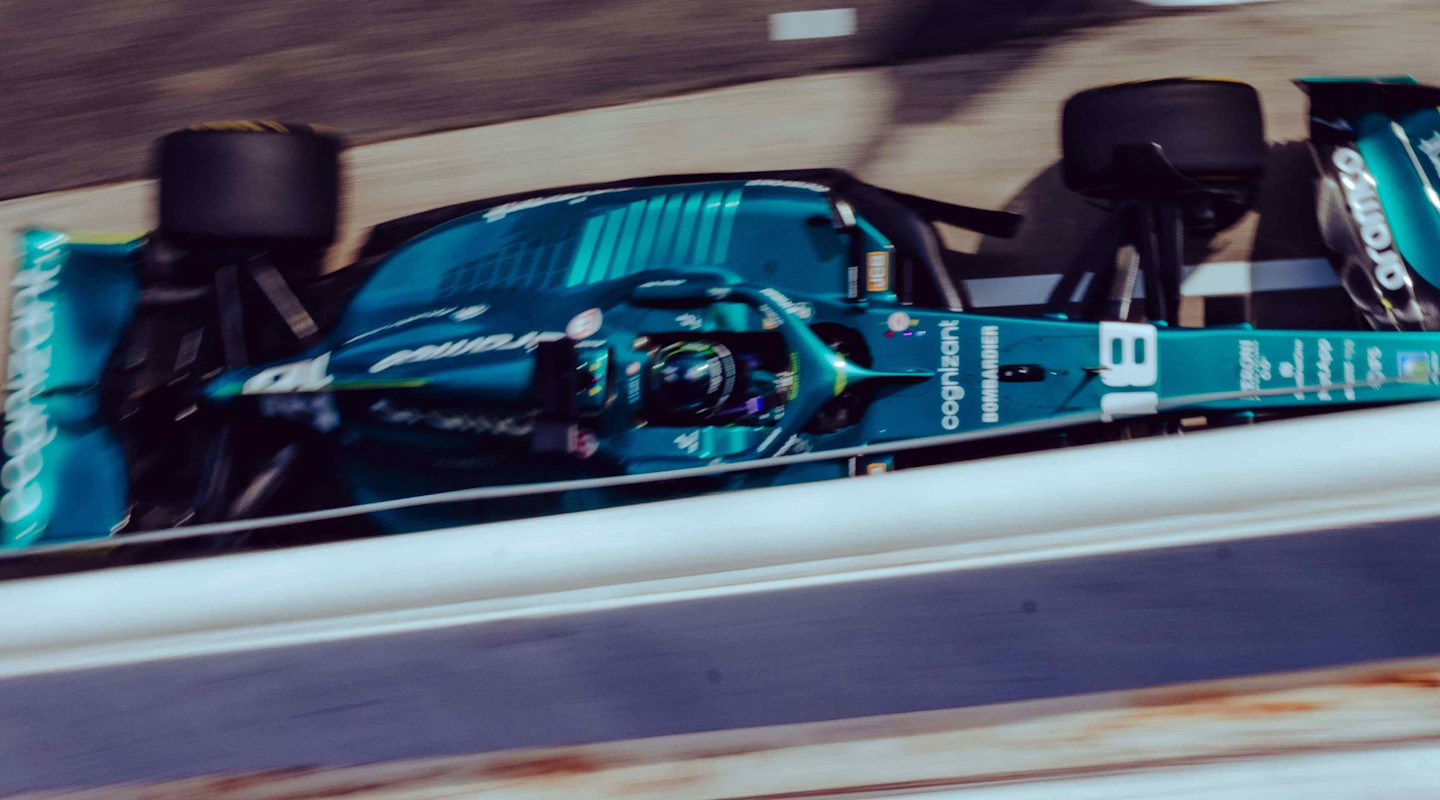
A lot of teams suffered from porpoising. How did the team handle it?
The sight of Formula One cars bouncing up and down along the long straights in Barcelona and Bahrain looked dramatic.
This effect is called 'porpoising' – a term first coined in Formula One back in the 1980s, and it is an impact of the new technical regulations, which focus on generating aerodynamic performance from ground-effect.
The porpoising effect occurs when cars hit a certain speed and create a stall, reducing downforce and unloading the suspension.
All teams suffered from porpoising to some degree across testing and were quickly searching for and applying solutions.
Up close with Lance, Sebastian and the AMR22
INSIDER returns to take you behind the scenes in Barcelona, as the F1 grid returned to the track. See the AMR22 from all-new angles and get exclusive insights into the test from Lance, Sebastian and the team. Grab some popcorn, get comfortable, and watch the full film.
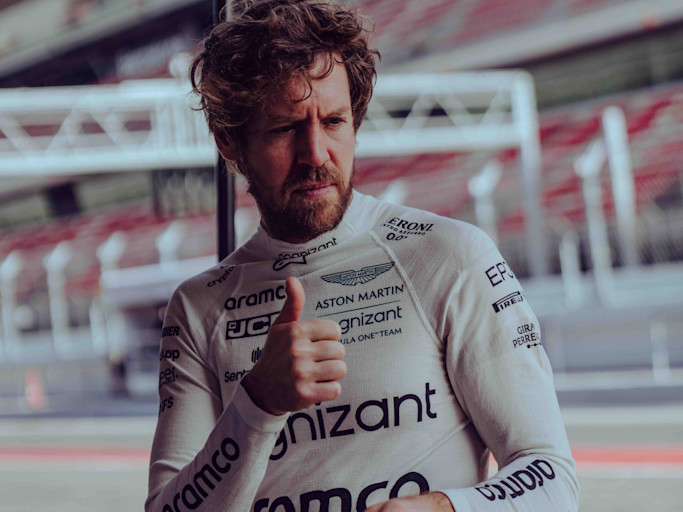
"When all the teams turned up in Barcelona, there was an element of porpoising up and down the pitlane.
McCullough explains: "Most teams during the test were able to reduce it through geometry changes or in how we operated the car set-up."
"We did some tests that could mitigate it. It's all about the balance between maximising performance and not proposing.
"It’s not good for reliability, and a lot of other things, so it's about balance.
"Everyone is playing around with it [to find the best solution].”
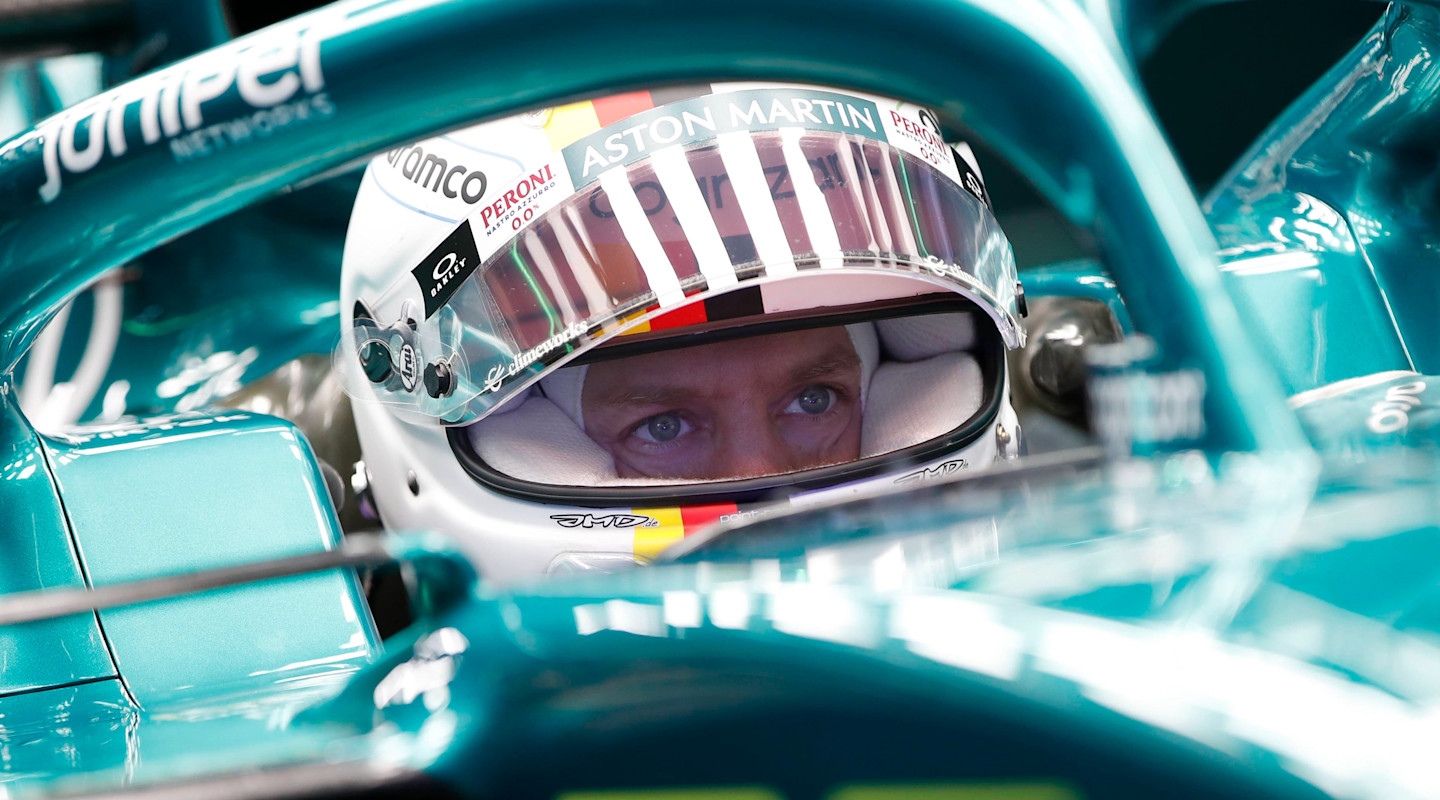
How do drivers need to adapt to this new generation of cars?
The change of aerodynamic philosophy has fundamentally changed the behaviour of F1 cars, requiring some adaption of driving style.
Ahead of the 2022 season, Chief Technical Officer Andrew Green suggested drivers will race cars that behave like go-karts, such is the stiffness of the ride.
Ground-effect also causes cars to benefit from maximum downforce in high-speed situations, but the drawback is that there's less downforce on offer in lower-speed corners, creating a balancing act.
"The through-speed range of the car is very different to last year. There's maximum downforce at the end of straights or high-speed corners, but it produces a lot less in the lower-speed corners.
Return of ground effect
For F1 aficionados, ground effect evokes memories of the championship's past, when the 1970s played host to a series of incredible innovations that pushed the boundaries of downforce and performance.

"It's about understanding the slip sensitivity of the tyres, especially in the lower-speed corners, and the drivers must make sure they’re not over-driving and slipping the surface.
"Getting a good through-speed corner balance across low-, medium- and high-speed corners is critical to look after the tyres.
"You can also see that the cars are quite stiff now, and that's because the incentive to run a stiffer car is higher than in previous years.
"There's been a lot of simulator and correlation work, and it's about understanding what the car needs so the drivers can work with the engineers.
"If you try to drive like last year and ask for the car to come to you, that won't happen."
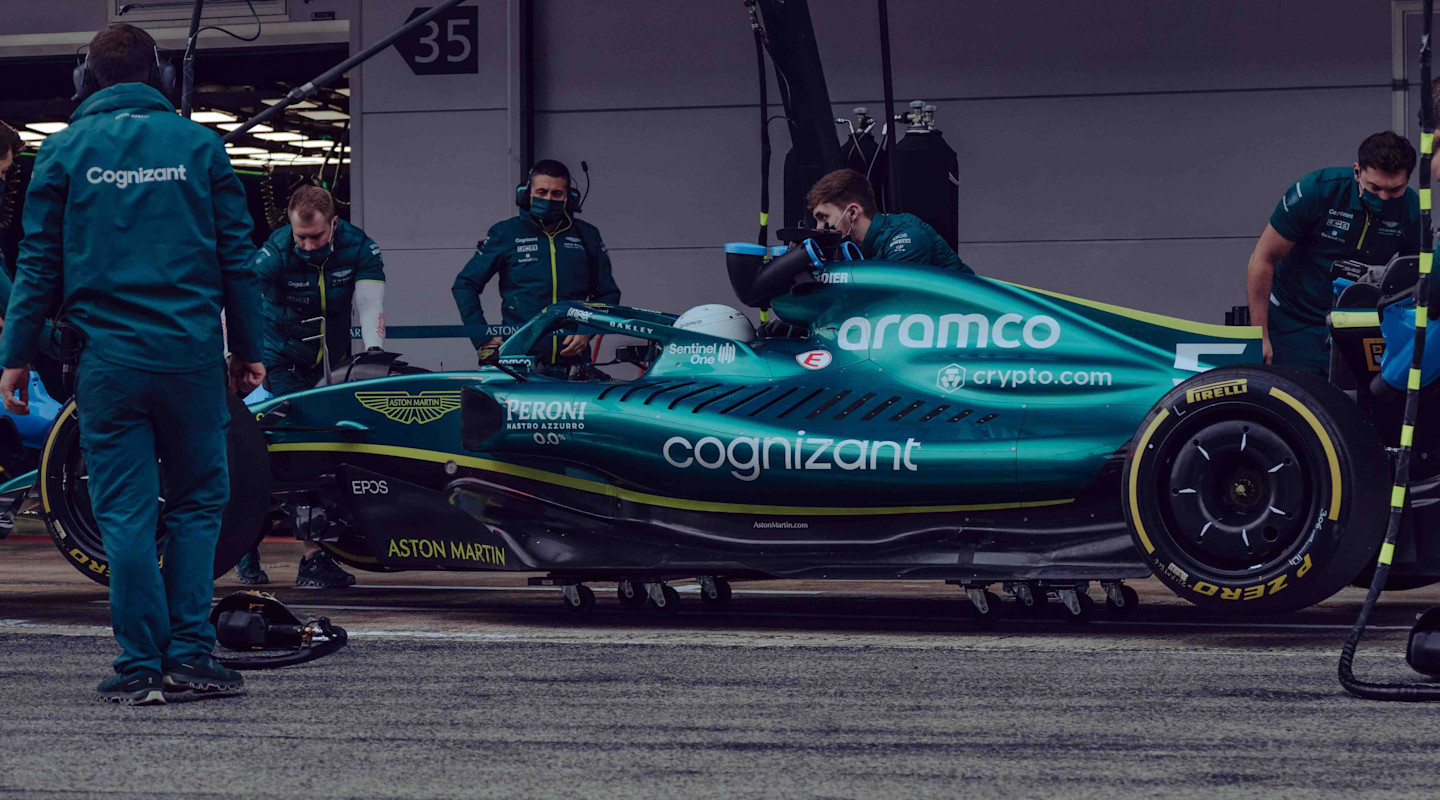
How will the budget cap affect car development in 2022?
Formula One now operates under a strict budget cap of $140m, a move designed to promote a level playing field and longer-term financial stability and sustainability on the grid.
The cap directly impacts a team's spending to improve their car's performance – areas such as marketing and driver salaries are excluded.
While the team has been in the fortunate position of being able to grow towards the cost cap, it still has an impact on its goals.
"It's very much a factor," explains McCullough. "In the past, this team had to make a lot of decisions on performance updates relative to the cost, due to a lack of money.
Mike Krack on the team's goals
Aston Martin Aramco Cognizant Formula One™ Team Principal Mike Krack explains how he plans to help the organisation rise to the challenge of competing at the front of the grid in the coming years.
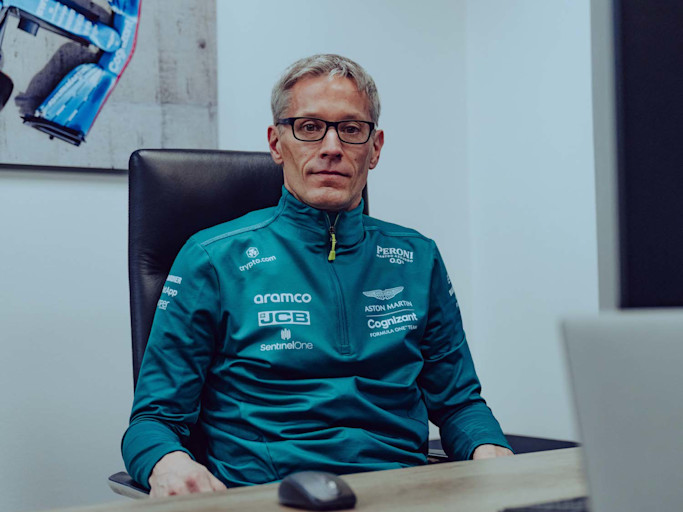
"It's now sort of the same challenge again. We must think about what we need to change, what is good value, and how much performance will it bring?
"You always want to get new bits on the car sooner, to have a faster car and score more points, but if you can wait for another race and make a significant gain, does it then make sense to wait for that extra race?
"A lot of that comes from when you're in the wind tunnel, using CFD or your development tools.
"If you think you're still on a steep gradient of performance, you could decide to stop making a certain part because you can gain more from another week in the wind tunnel. That is more of a factor than it was in the past.
"Ultimately, we can't spend money that we do not have under the cost cap."
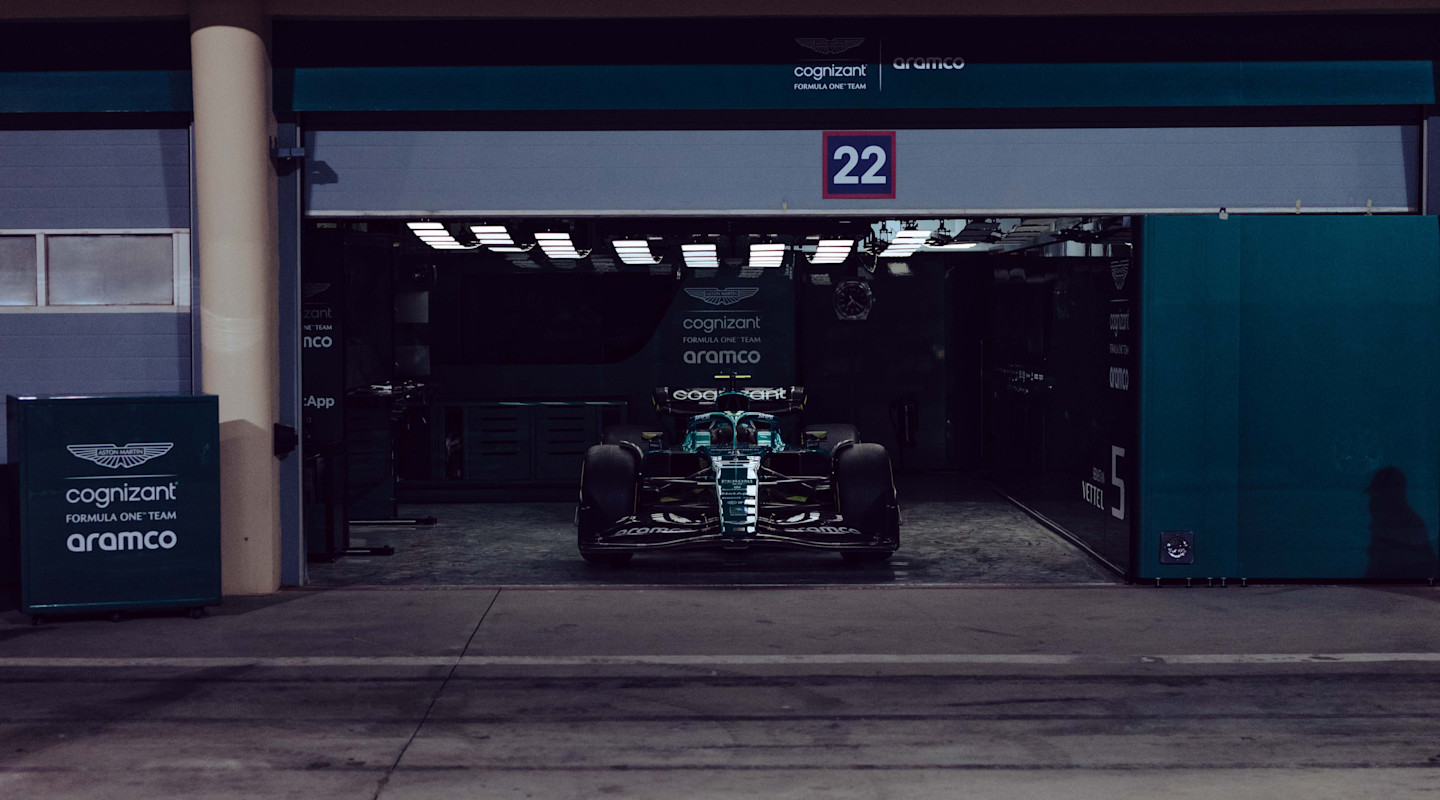
Now that everyone has run their cars in testing, how do you expect car designs to converge?
While all F1 teams are focused on maximising performance from their current car designs, there's always one eye on rival squads.
Several elements of car design caught the eye of the press and social media, but incorporating a similar part to another team is not straightforward.
Most teams will be iterating several races down the line, and the overall car philosophy is more important than any singular part.
"We've made our decisions based on the information we've had, and then you start seeing people and teams with other solutions.
"From front to back, it's always linked, and it ties into the overall philosophy of the car. For example, with a ride-height philosophy, some teams will target higher and some lower.
"What's interesting for us is seeing how people have gone certain ways from front to rear – everything from front wings, floor, sidepods.
AMR22: Tech insights
The new era of Formula One has arrived. Designed to produce better racing, and heralding the return of ground effect, the AMR22 represents F1's biggest design revolution in decades.
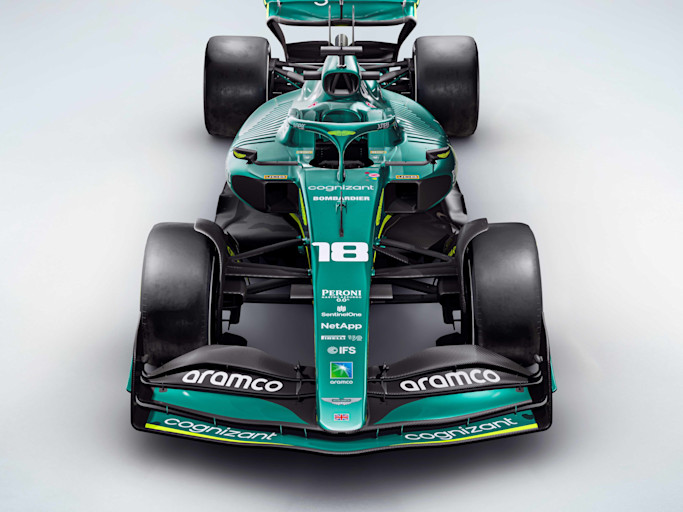
"It's about understanding relative to the lessons we've learned, and what we think is ultimately the quickest way to get the most performant bits to our car.
"The car you're seeing now is nothing like it is in the wind tunnel, and I think that's the case for everyone up and down the pitlane.
"You're adapting and optimising the car, and there are elements of 'well that car is looking strong, it's gone where we half-looked before, so let's revisit the data we've already got.
"As Andrew Green said a few times, we tried not to drive ourselves into any cul-de-sacs with this car. We wanted a bit of freedom not to lock ourselves totally into one philosophy.
"For all teams, there will be an element of convergence, so it's a very interesting period currently."
Access I / AM to get closer to the team.































